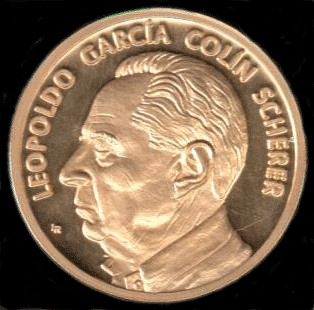Description
The energy that carries an electromagnetic wave can be transferred to a chemical species via absorption. Once the molecule is in an excited state, it relaxes through various photophysical and photochemical channels [1]. Molecular dynamics is important because it involves the various deactivation channels through which the excitation energy dissipates. This study investigates the dynamics of relaxation of molecules of more than 25 atoms in condensed phase (polar and nonpolar solvents). We are working on the implementation of ultrafast spectroscopy techniques (pump-probe) and we also employ a computational approach (DFT and TDDFT) to study the ultrafast decay in aromatic molecules [2].
In this study, we show that the solvent-effect leads to a change in the relative energies of the singlet and triplet excited states. The presence of n-type orbitals in substituted aromatic molecules implies the existence of upper excited states, which substantially increase the coupling between the singlet and triplet manifolds. It should be noted that, along with the spectroscopic techniques that will allow us to accurately measure these processes, the current advances in computational methods allow us to clarify the details of the relaxation dynamics, including the geometries, the relative energies of the excited states, the conformational changes or intermediate species, all of which affect the efficiency of the decay processes [3]. Clarifying the relaxation dynamics of electronic states involved in ultrafast decay is vital for the development of the next generation of photo-materials.
References
[1] Klessinger, M.; Michl, J. Excited States and Photochemistry of Organic Molecules, VCH: New York, 1995
[2] López-Arteaga, R., Guarin, C. A., Jorge Peon, J. J. Phys. Chem. B. 2013, 117, 9947-9955
[3] Anders B. Skov. et al., Phys. Chem. Chem. Phys., 2018, 20, 13412

